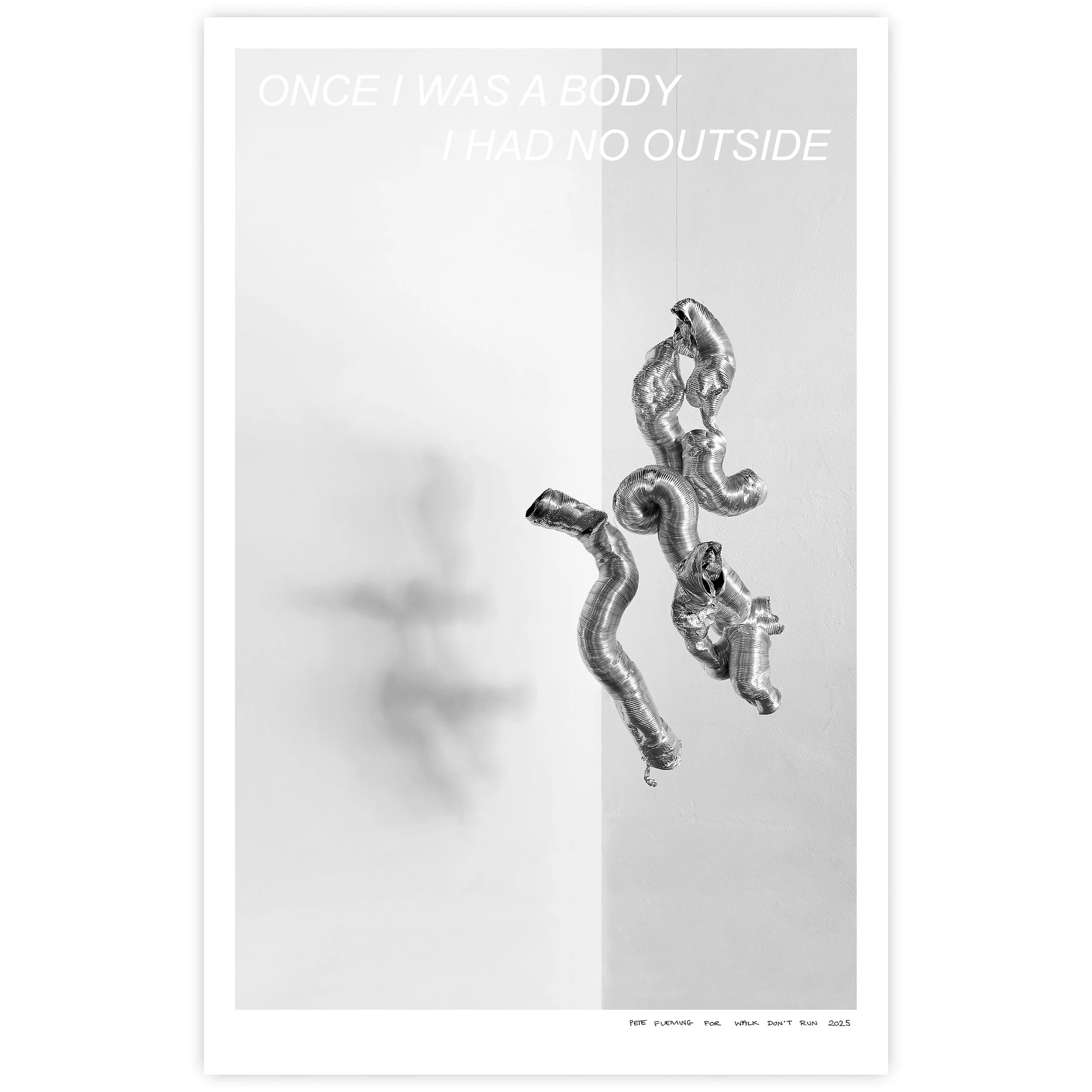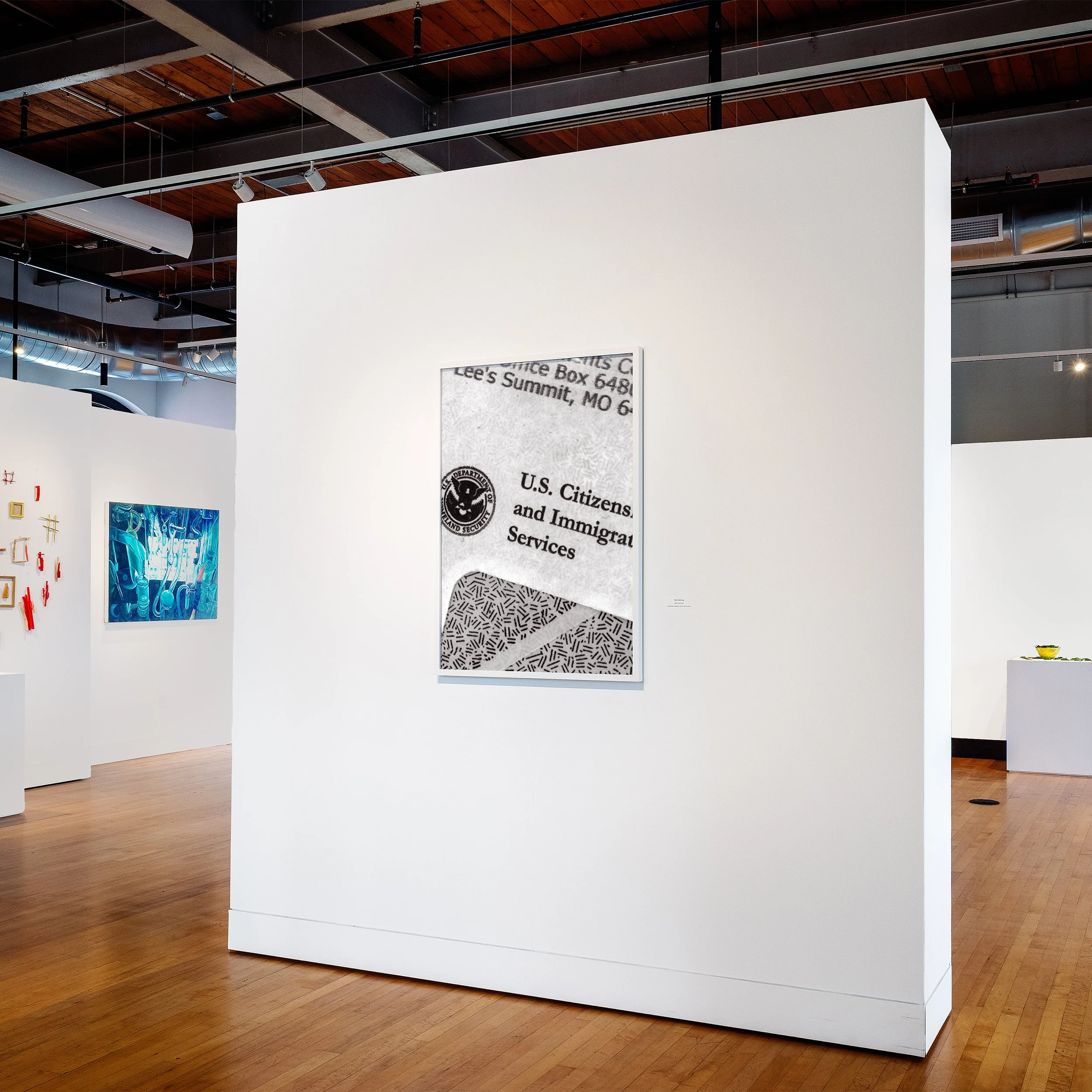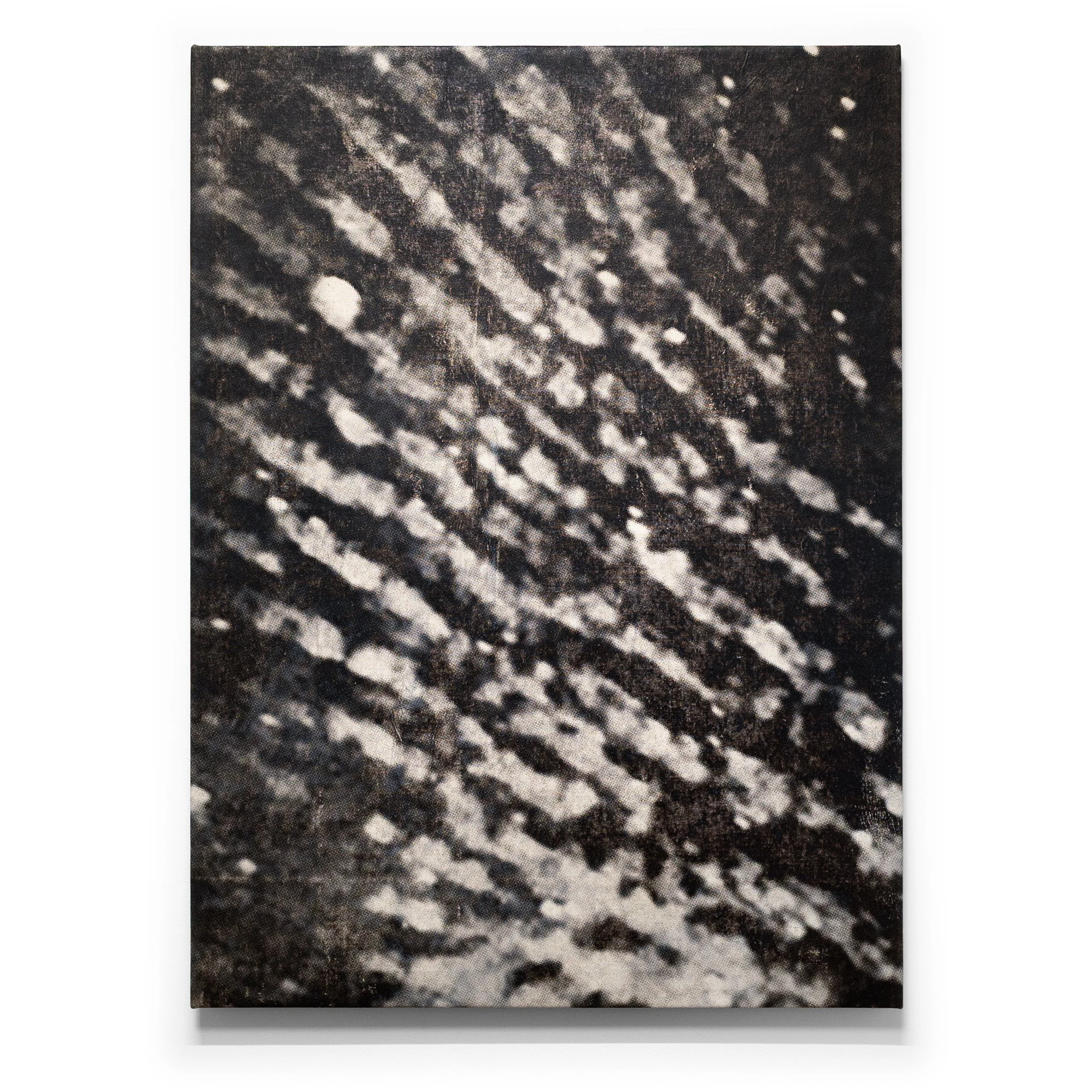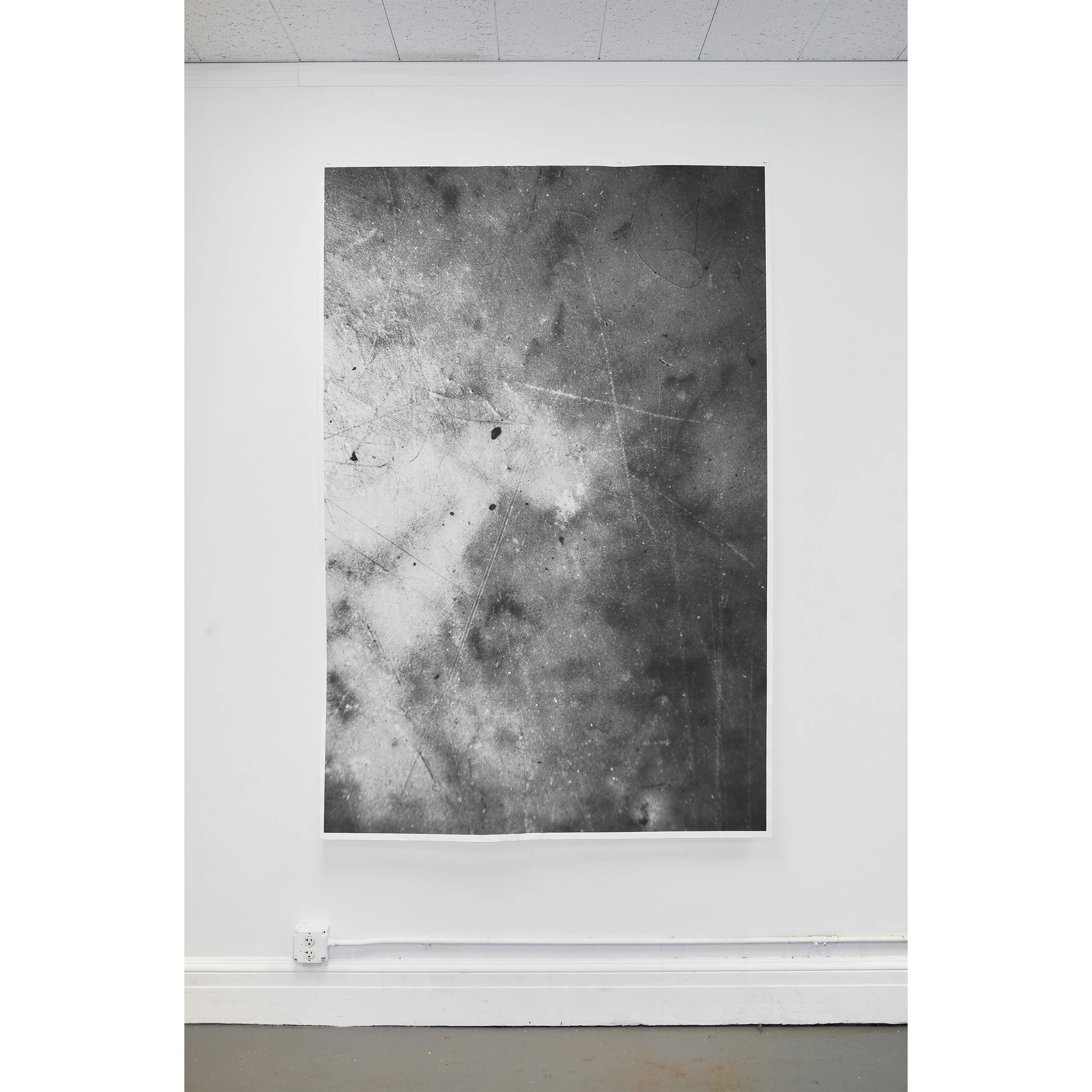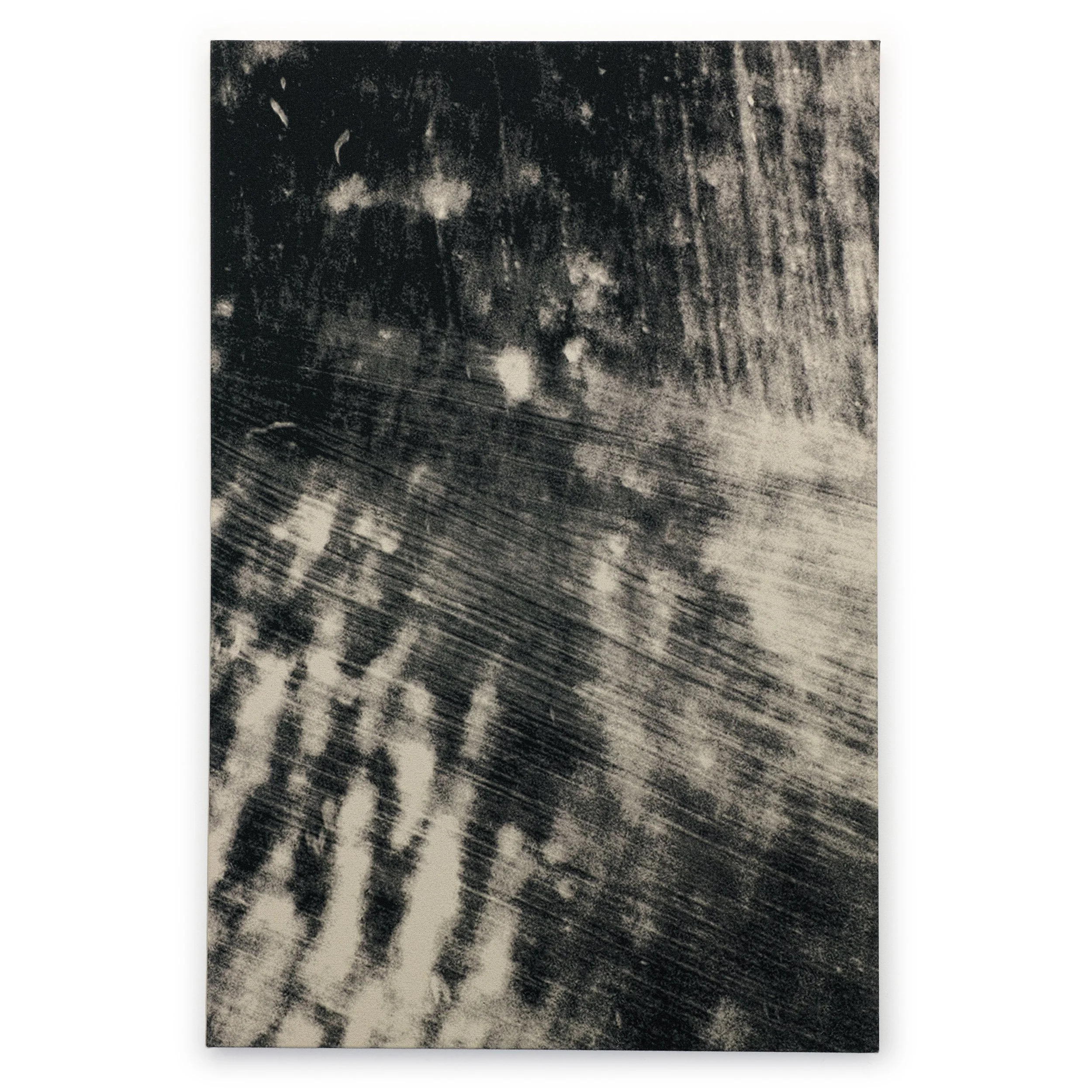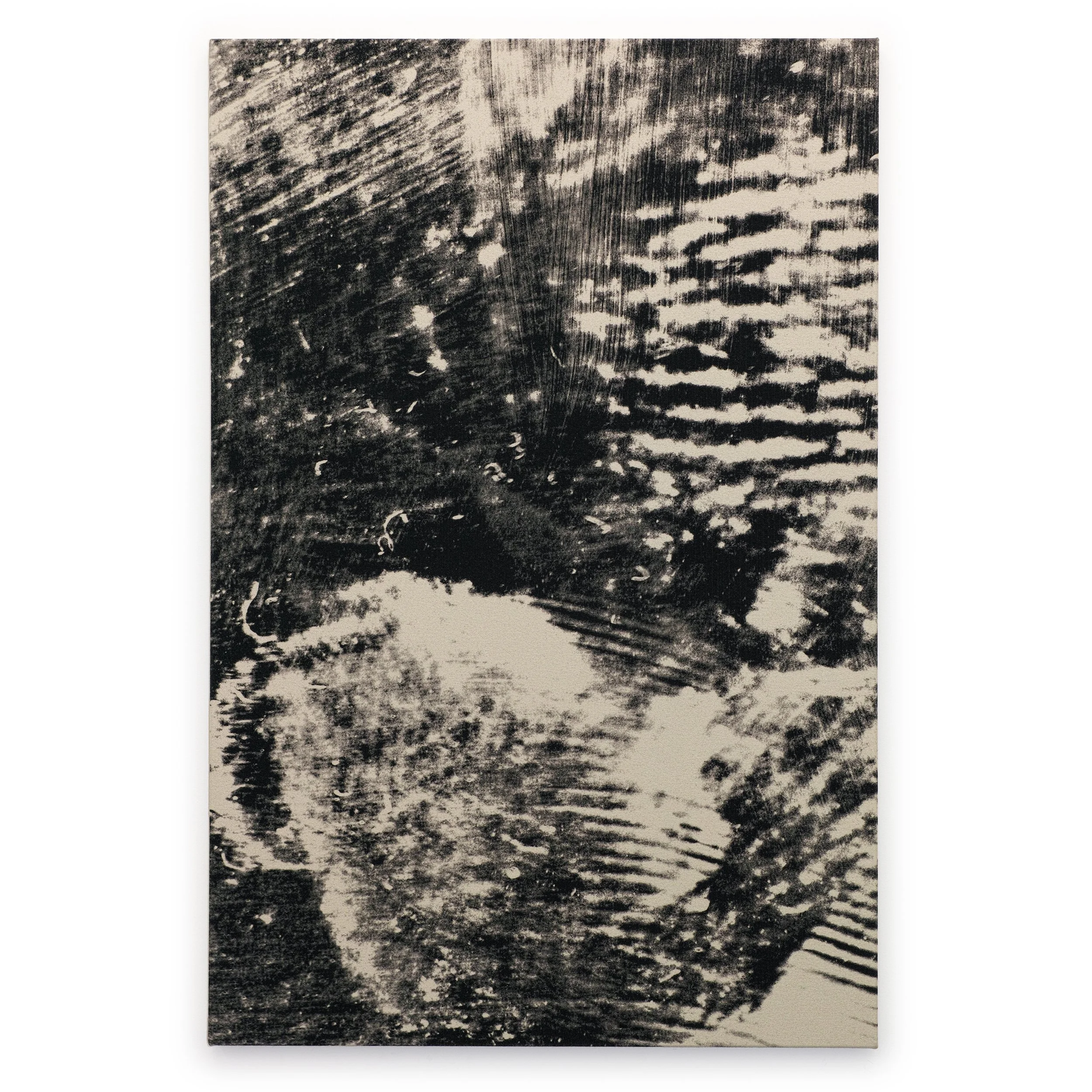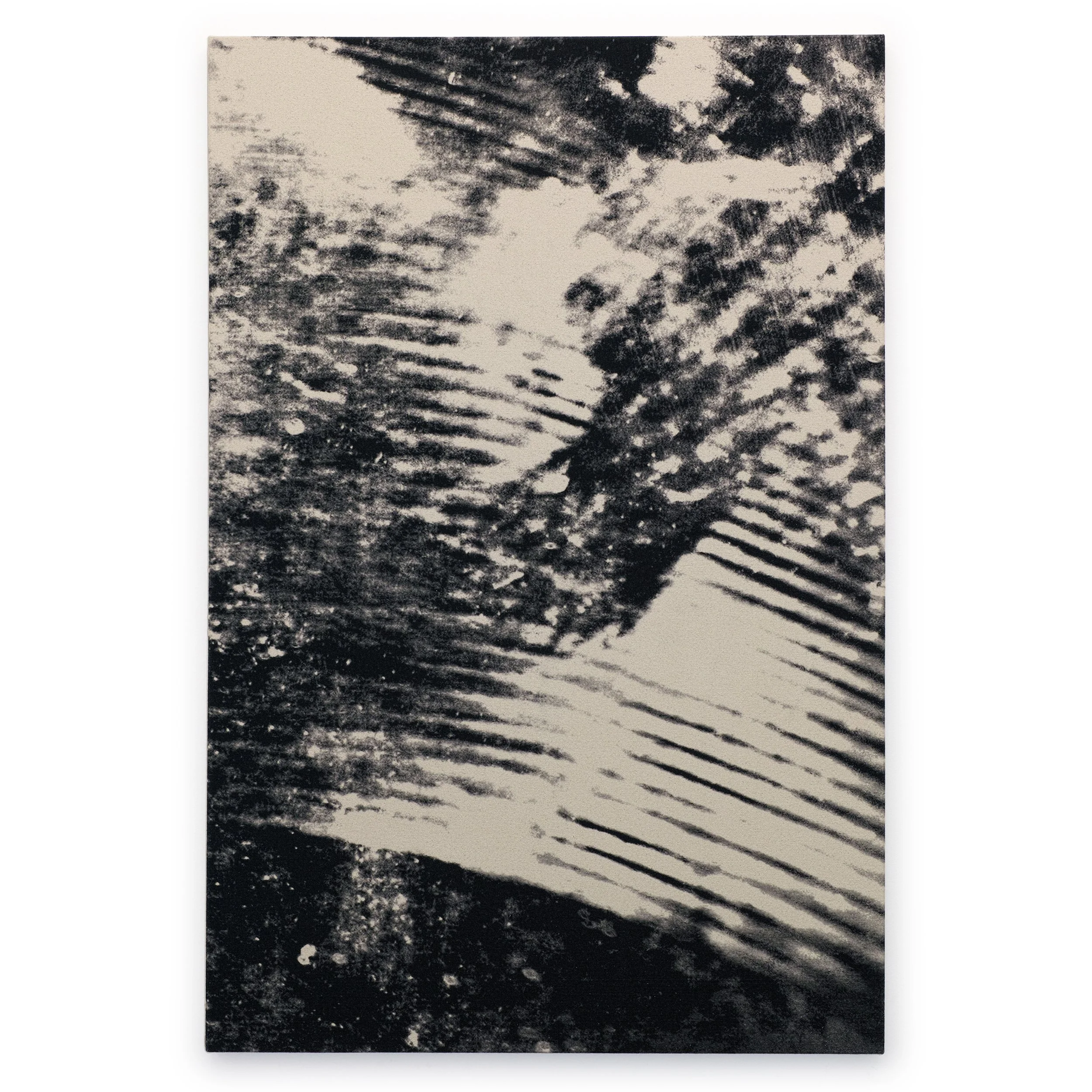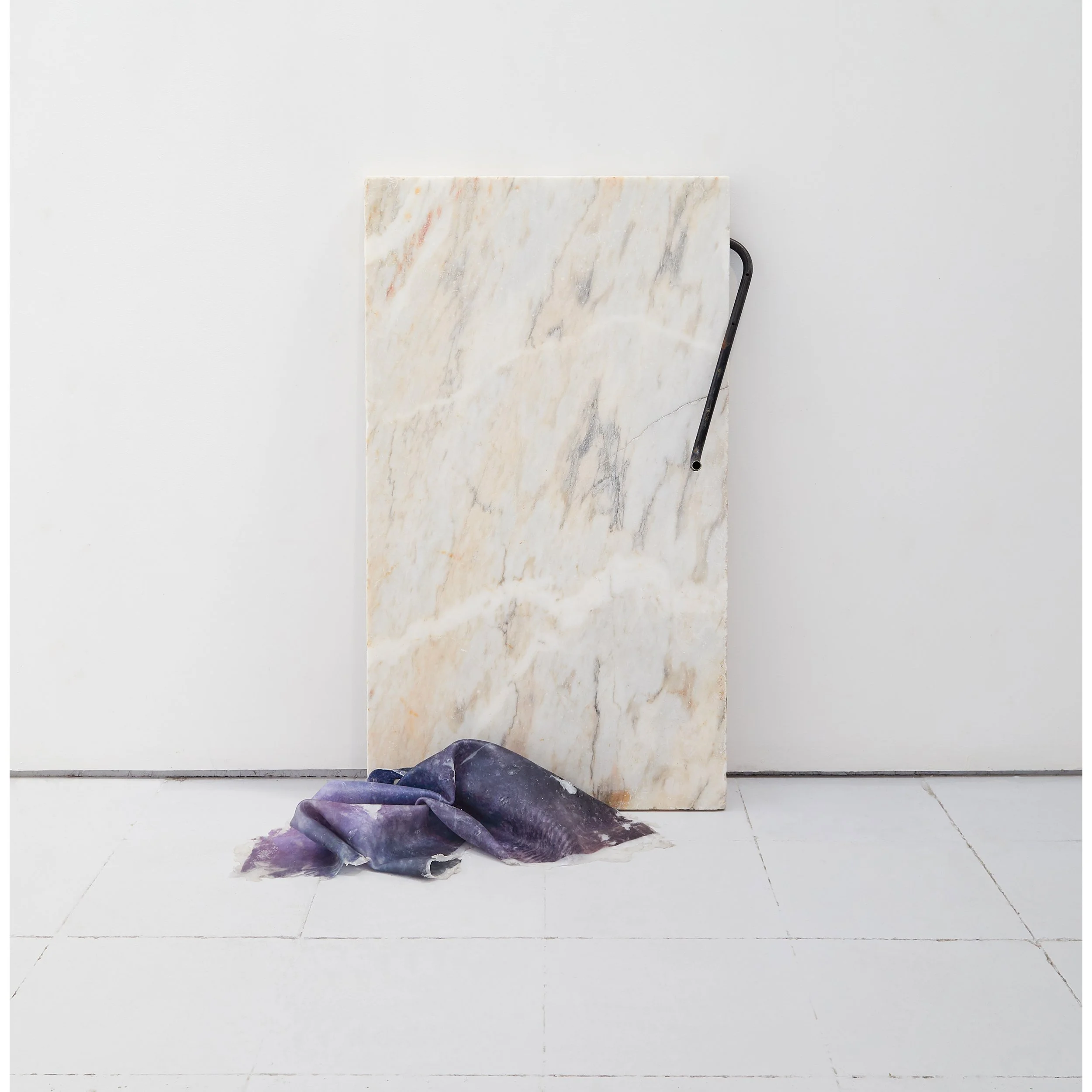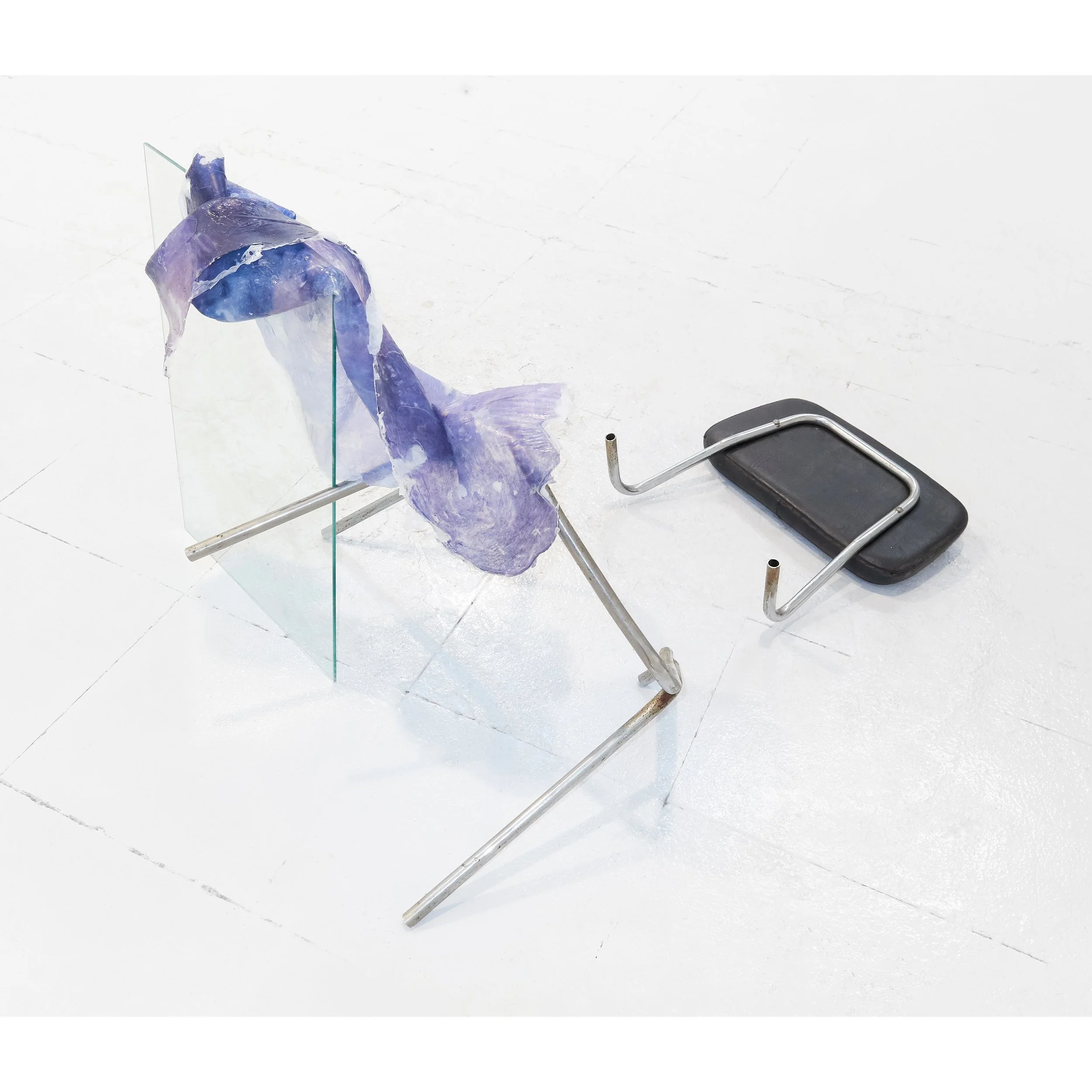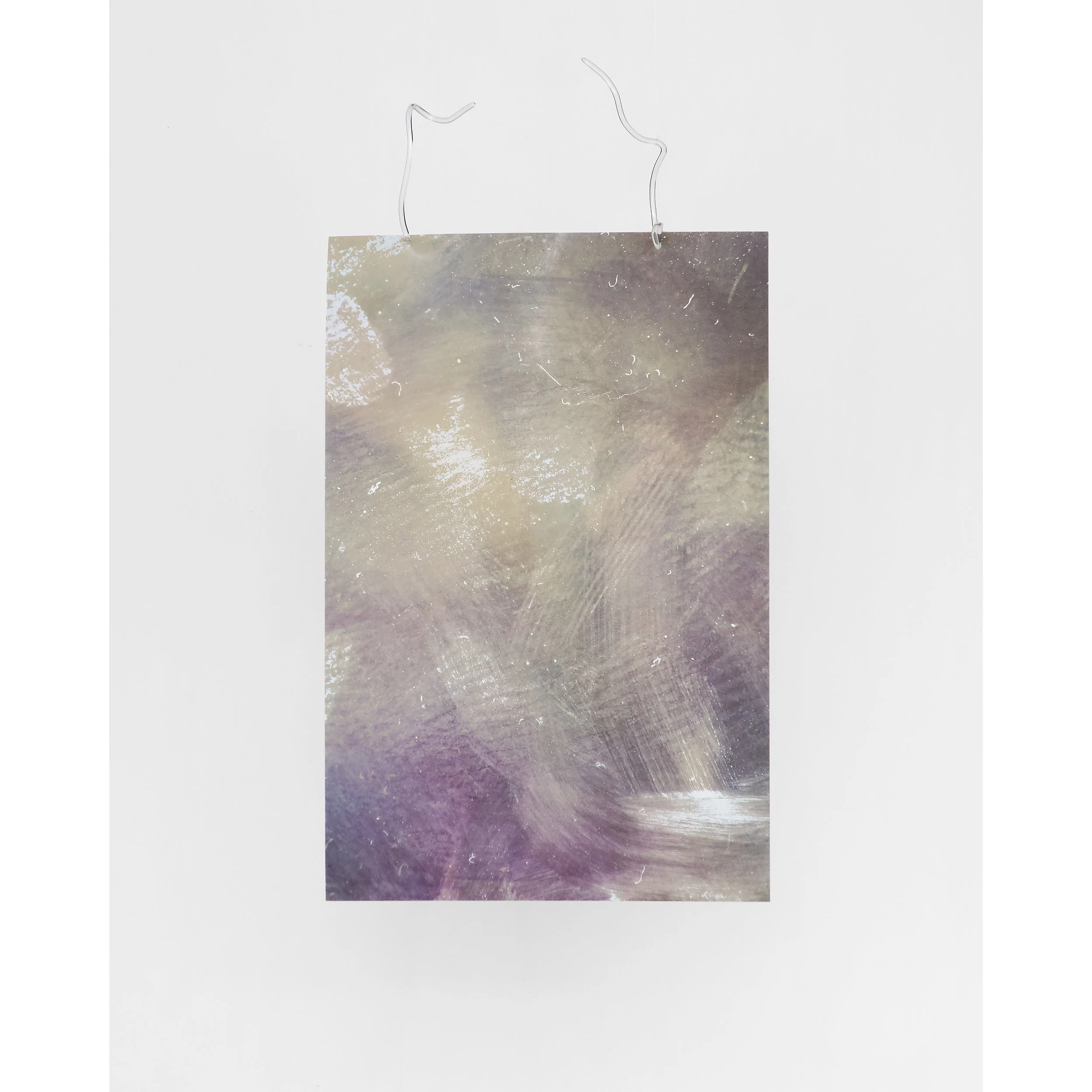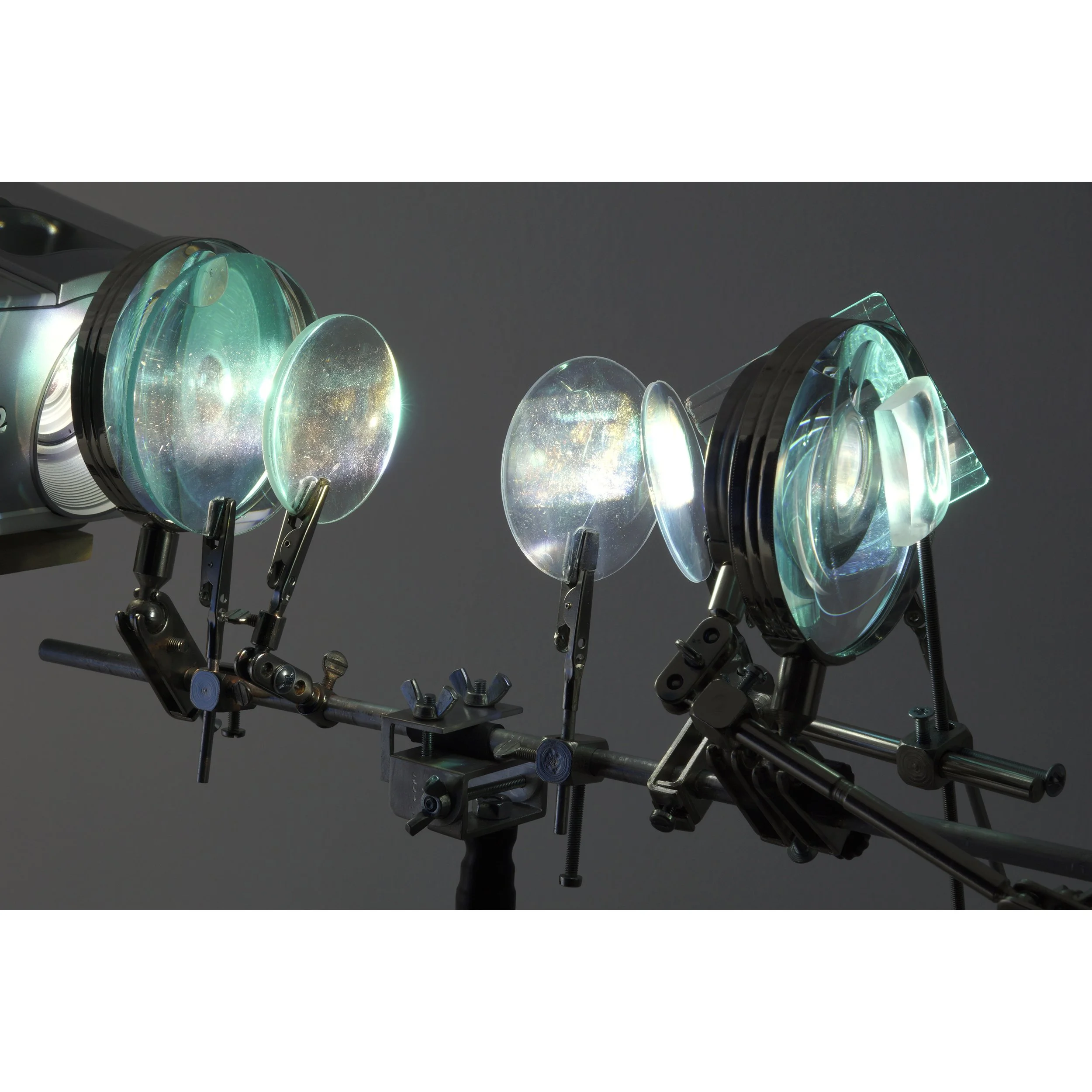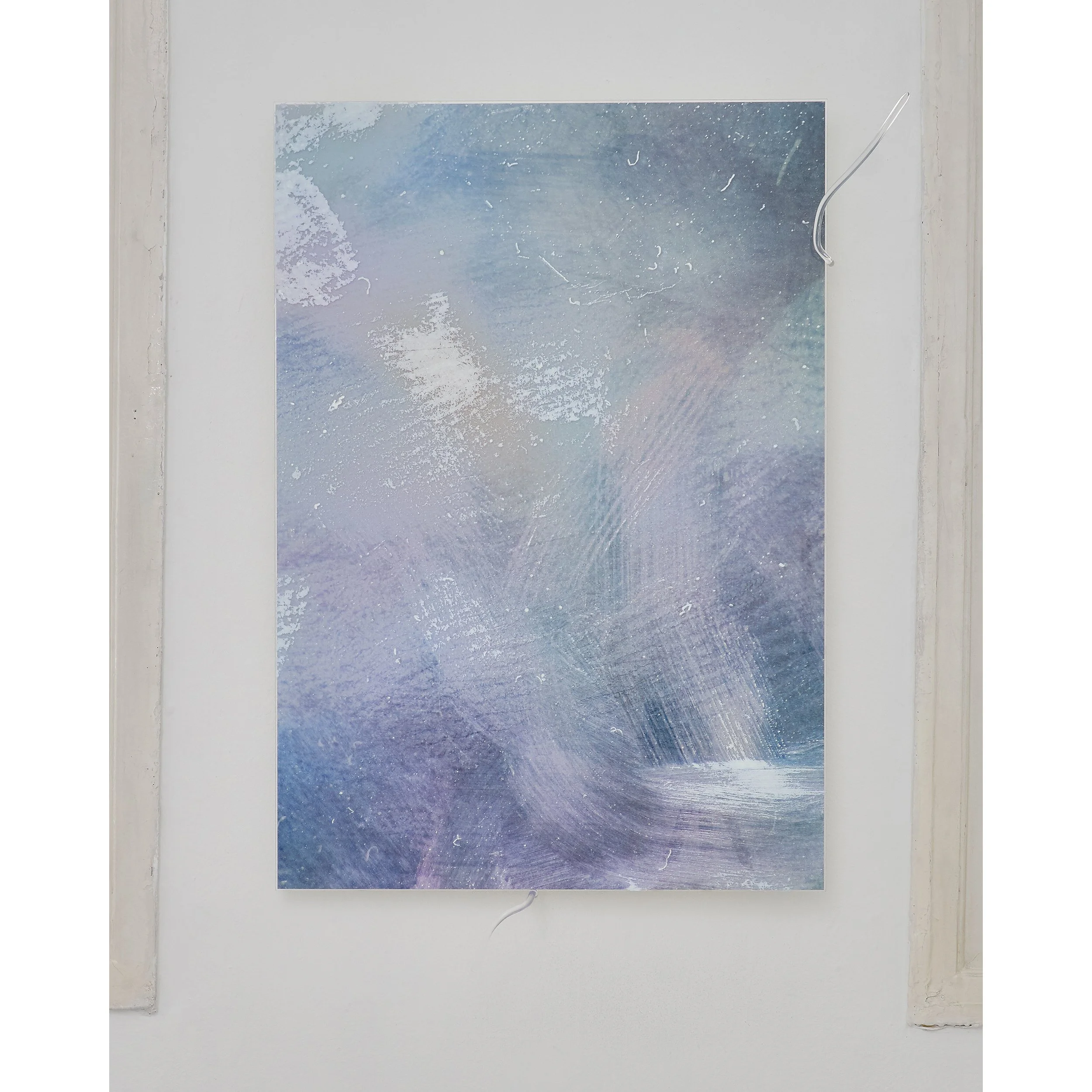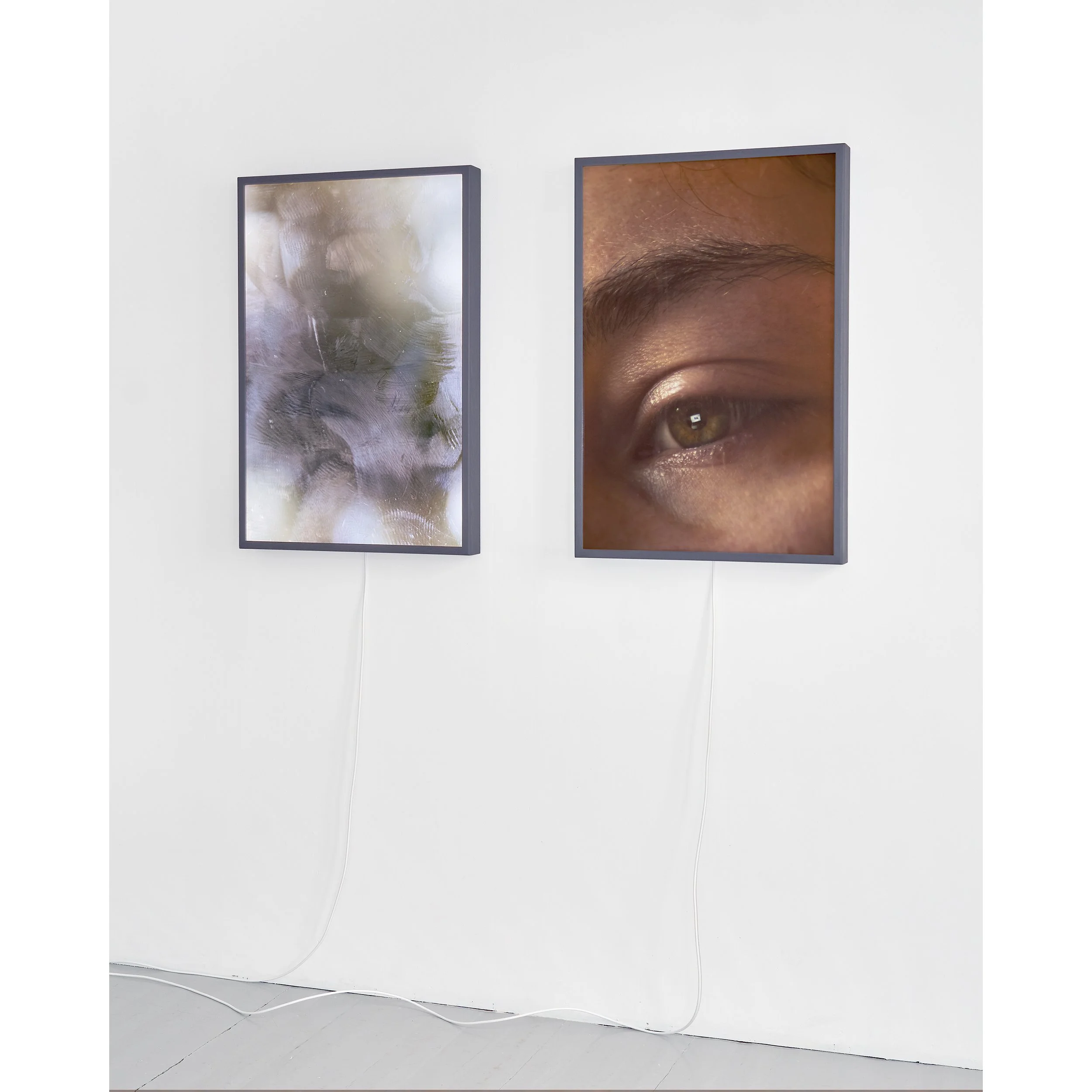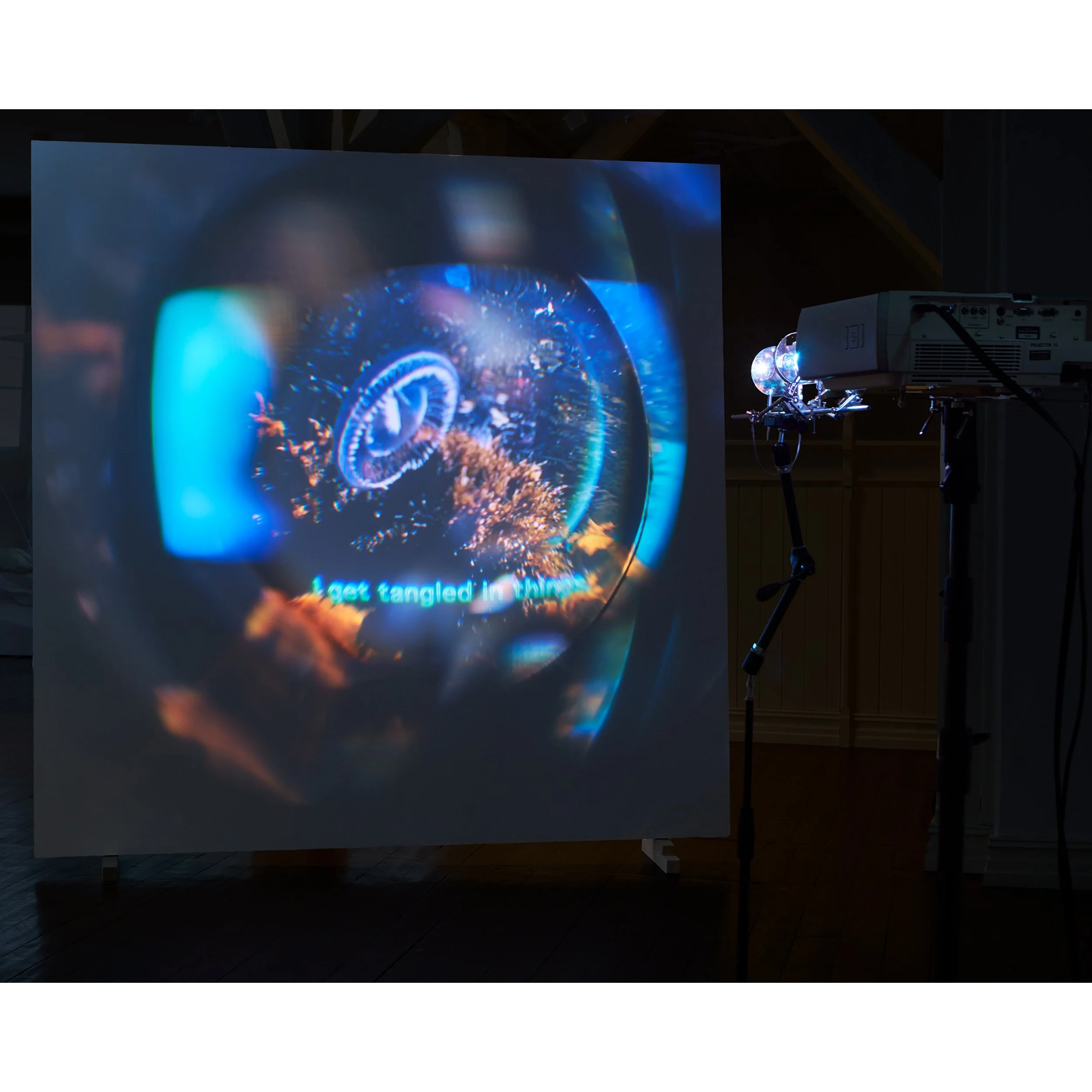ONCE I WAS A BODY
, I HAD NO OUTSIDE
2025
Free poster - Edition of 250.
11 x 17 in.
Walk Don’t Run 2025, Seattle WA, USA.
September 20th 2025
Lee’s Summit
2025
Halftone print on paper, framed.
27-½ x 39-¼ in.
Unprecedented: The Inaugural Postmark Biennial, Postmark Center for the Arts, Auburn WA, USA.
July 23rd to October 9th 2025
None Detected
2025
Halftone monoprint on raw canvas.
29 x 39 in.
Eight Years of Inscape AiR, ARTS at King St Station, Seattle WA, USA.
June 5th to August 9th 2025
Partial Print
2024
Halftone monoprint on raw canvas.
29 x 39 in.
Eight Years of Inscape AiR, ARTS at King St Station, Seattle WA, USA.
June 5th to August 9th 2025
Visible Scars
2023
Halftone monoprint on raw canvas.
29 x 39 in.
Eight Years of Inscape AiR, ARTS at King St Station, Seattle WA, USA.
June 5th to August 9th 2025
Lee’s Summit
2023
Halftone monoprint on raw canvas.
29 x 39 in.
Eight Years of Inscape AiR, ARTS at King St Station, Seattle WA, USA.
June 5th to August 9th 2025
topography of depression, I
2023
Triple overprinted inkjet on newsprint.
7-¾ x 11 in.
an accumulation of time and silver, Werkshack Gallery, Oakland, CA, USA.
May 3rd to June 30th 2024
topography of depression, II
2023
Two 4-½ x 6-¾ in. gelatin silver enlargements.
13 x 17 in. framed.
an accumulation of time and silver, Werkshack Gallery, Oakland, CA, USA.
May 3rd to June 30th 2024
topography of depression, III
2023
Triple overprinted inkjet on newsprint.
8-½ x 11 in.
an accumulation of time and silver, Werkshack Gallery, Oakland, CA, USA.
May 3rd to June 30th 2024
Screen Grease 15
2023
Halftone print on paper.
36 x 96 in.
Shunpike Storefronts, Amazon HQ, Seattle, WA, USA.
February 14th to May 29th 2023
Print Record
2023
Halftone print on paper.
54 x 72 in.
Artist-In-Residence, Inscape Arts, Seattle, WA, USA.
January 8th to March 25th 2023
Screen Grease 14
2021
UV direct print on raw canvas, sealed with matte medium.
28 x 42 in.
I have a deep nostalgia for the future, Charlotte Street Foundation, KCMO, USA. November 2021 to January 2022
And so it goes, The En_, Seattle WA, USA. June 2022
Screen Grease 13
2021
UV direct print on raw canvas, sealed with matte medium.
28 x 42 in.
I have a deep nostalgia for the future, Charlotte Street Foundation, KCMO, USA. November 2021 to January 2022
And so it goes, The En_, Seattle WA, USA. June 2022
Smart Objects And Flattened Images, Well Well Projects, Portland, OR, USA. September 2022
Screen Grease 12
2021
UV direct print on raw canvas, sealed with matte medium.
28 x 42 in.
I have a deep nostalgia for the future, Charlotte Street Foundation, KCMO, USA. November 2021 to January 2022
And so it goes, The En_, Seattle WA, USA. June 2022
Smart Objects And Flattened Images, Well Well Projects, Portland, OR, USA. September 2022
Screen Grease 11
2021
UV direct print on raw canvas, sealed with matte medium.
28 x 42 in.
I have a deep nostalgia for the future, Charlotte Street Foundation, KCMO, USA. November 2021 to January 2022
And so it goes, The En_, Seattle WA, USA. June 2022
Smart Objects And Flattened Images, Well Well Projects, Portland, OR, USA. September 2022
Screen Grease X
2019
Painted steel, glass panel with residue print, silicone photo transfer monoprint.
Approx. 28 x 28 x 24 in.
What we don’t have we can make, PADA Gallery, Barreiro, Portugal. June 2019.
Screen Grease VIIII, tabula
Painted steel, marble slab, silicone photo transfer monoprint.
Approx. 48 x 36 x 12 in.
What we don’t have we can make, PADA Gallery, Barreiro, Portugal. June 2019.
Screen Grease VIII
Chromed steel, leatherette, glass, silicone photo transfer monoprint.
Approx. 48 x 36 x 12 in.
Artist-In-Residence, PADA Studios, Barreiro, Portugal. June 2019.
Once I was a body, I had no outside
2019
Aluminum air-conditioning ducts, wire, chain.
Approx 72 x 50 x 46 in. Suspended from ceiling.
Artist-In-Residence, PADA Studios, Barreiro, Portugal. June 2019.
Screen Grease VII
2018
Two layer UV photo print on silicone rubber, sculpted plexiglass, plexiglass fiber.
Approx. 27 x 50 x 8 in. Suspended from ceiling.
A side-step, a reflective glance, Babel Visningsrom for Kunst, Trondheim, Norway.
19th to 28th October 2018.
Screen Grease VI
2018
Two layer UV photo print on silicone rubber, sculpted plexiglass, plexiglass fiber.
Approx. 27 x 50 x 8 in. Suspended from ceiling.
A side-step, a reflective glance, Babel Visningsrom for Kunst, Trondheim, Norway.
19th to 28th October 2018.
Getting pulled in while being thrown out, old traps disperse
through new forms
2018
Video/sculptural installation of variable dimensions. 05:18 min video, tripods, unfocused projector, media player, AV cables, aluminum, steel, glass and plastic lenses, wood, drywall, paint.
Hydrodynamics, Studio 17, Stavanger, Norway. April 2018.
Planning future 2018 - video, Atelierhaus im Anscharpark, Kiel, Germany. Nov-Dec 2018.
You could call it complexities and uncertainties, with openings
2018
Underwater 35mm photographs digitally scanned and printed on silk, 5 sculptures in PVC, Plexiglass, steel.
Two rooms, prints 47 x 65 in. each, suspended from ceiling. Sculptures each ø3/4 x 118 in.
Analog LX, Praça do Príncipe Real 19, Lisboa, Portugal.
02 - 11 March 2018
Screen Grease V
2018
Four layer UV photo print on plexiglass, sculpted plexiglass
Approx. 27 x 39 x 3 in.
Artist-In-Residence, ProsjektRom3, Galleri BOA, Oslo, Norway
August to September 2018
Screen Grease IV
2018
Four layer UV photo print on plexiglass, sculpted plexiglass
Approx. 27 x 39 x 3 in.
Artist-In-Residence, ProsjektRom3, Galleri BOA, Oslo, Norway
August to September 2018
Screen Grease III and UI (User Interface)
2017
Archival photographic transparencies in custom made LED Lightboxes
21 x 33.5 x 2.75 in. each
Artist-In-Residence, ProsjektRom3, Galleri BOA, Oslo, Norway
August-September 2018
Getting pulled in while being thrown out, old traps disperse
through new forms
2017
Video/sculptural installation of variable dimensions. 05:18 min video, tripods, unfocused projector, media player, AV cables, aluminum, steel, glass and plastic lenses, wood, drywall, paint.
Here & Not, Atelier Nord ANX, Oslo, Norway.
June 2017
You could call it complexities and uncertainties, with openings
2017
Underwater 35mm photographs digitally scanned and printed on silk (48 x 56in each), 3 sculptures in PVC, Plexiglass, steel, (1x78in each)
Nordic Anthology, Fotogalleriet, Oslo, Norway
May 2017
nice couch
2016
Antique furniture, photographic print
74 x 32 x 28 in
Lunedi, Podium, Oslo, Norway
July 2016
